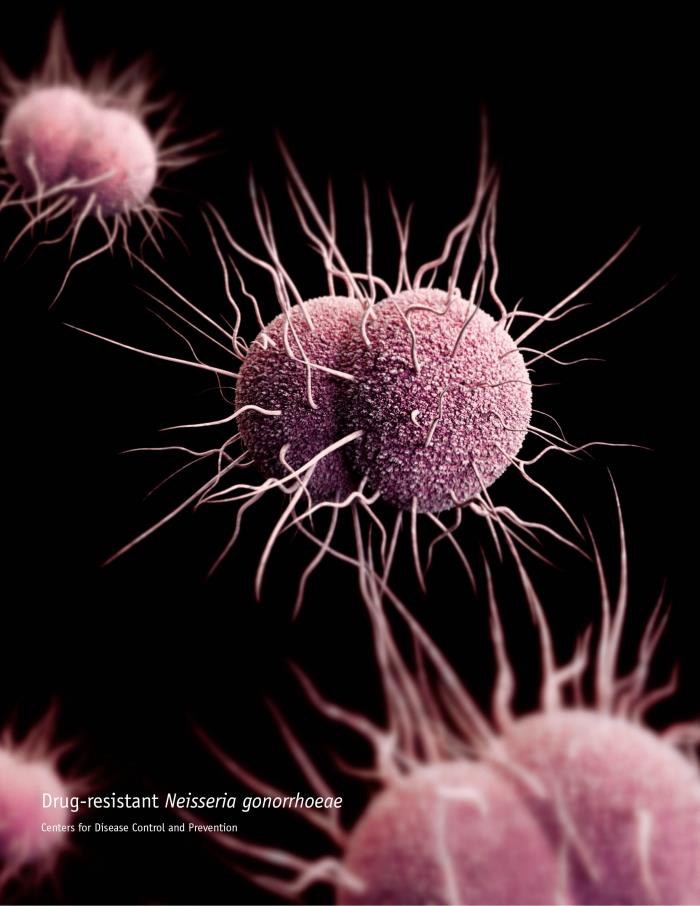Following reports over a week ago about historic numbers of the sexually transmitted infections (STI), chlamydia, gonorrhea, and syphilis in 2015 in the United States, California health officials have reported numbers of the same reportable STI at a 20 year high.

Findings from a 2015 California Department of Public Health (CDPH) report on sexually transmitted infections demonstrate The Golden State are seeing infections at faster pace compared to the rest of the country.
“Cases of syphilis, gonorrhea and chlamydia are going up in California at a concerning rate,” said CDPH Director and State Public Health Officer Dr. Karen Smith. “This is the second year in a row that we have seen increases in all three diseases.”
The report found a total of 249,224 reportable cases of STIs in California for 2015, with the following breakdown:
- 189,937 cases of chlamydia
- 54,255 cases of gonorrhea
- 4,890 cases of primary and secondary syphilis (the most infectious stages of this disease) and 142 cases of congenital syphilis.
These numbers indicate an 11.6 percent increase in reportable STIs in California since 2014, when the total number was 223,269. A number of factors, including changes in sexual behavior (e.g., declines in condom use, increased partners), barriers to access to care and testing, and improved public health reporting may be contributing to the increase in the number of STIs.
San Francisco led all counties in rates of all three sexually transmitted infections.
California’s STI rates continue to be highest in young people 15-24 years of age and especially females. More than 63 percent of the state’s female chlamydia cases and more than 51 percent of female gonorrhea cases are in this age range. These young women are the most vulnerable to infertility and other serious long-term reproductive health problems caused by STIs.
Gay and bisexual men in California are also at high risk. Men who have sex with men account for more than 62 percent of the state’s gonorrhea cases in males and 84 percent of primary and secondary syphilis cases in males.
“Using condoms regularly and correctly, reducing the number of sexual partners and being in a monogamous relationship can dramatically reduce risk of contracting an STI,” said Dr. Smith. “In addition, I urge sexually active individuals to get tested regularly. With these measures, we can stem the rising tide of STIs in California.”
To help reduce the STI rate in California, CDPH is in the process of distributing $5 million in grants to local health departments for expansion of STI prevention, testing and treatment programs. In January of this year, California also enacted the California Healthy Youth Act, requiring comprehensive sexual health education to help young people make informed choices about how to protect themselves and their partners.
Related:


One thought on “California sexually transmitted infections up 12 percent, a 20 year high”